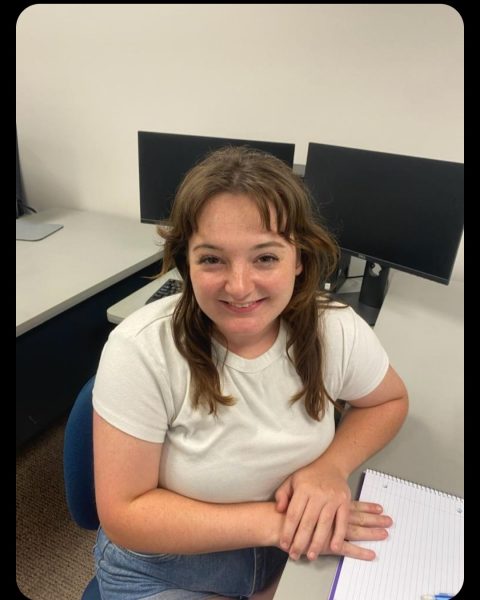The annual solar eclipse, commonly known as the Ring of Fire, will take place this Saturday during late morning and early afternoon.
This eclipse is called the Ring of Fire due to the size of the moon’s orbit. Todd Young, a Wayne State College professor and director of the Fred G. Dale Planetarium, said this weekend’s event will only be a slight eclipse.
“The moon is a little bit too far away from the Earth to perfectly cover up the sun, so that means that even though the moon will move in front of the sun, there is still a little ring of light around the moon,” Young said. “That is your annulus or some people like to call it the ring of fire.”
In 2017, the total solar eclipse differs from this upcoming eclipse because the moon was close enough to completely cover the sun.
“That’s where you get the more traditional eclipse,” Young said. “The corona comes out. It gets dark, and some of the other stars can be seen.”
NASA’s 2023 and 2024 solar eclipses path maps show the path of annularity and how the moonshadow, or path, begins in Oregon before passing through Nevada, Utah and New Mexico to end in Texas. Since the eclipse’s band is 125 miles wide, those located on that path will be able to see the Ring of Fire.
In Nebraska, there will be a partial eclipse where the moon will not completely cover the sun.
“For us here in Wayne, the eclipse should start around 10:25 in the morning on Saturday and will reach that 60% coverage maximum around 11:45 a.m.,” Young said. “The moon will fully move away by 1:20 in the afternoon. It’s a longer eclipse in that sense, you know, you’d have two and a half hours to see something. Hopefully the weather will cooperate, but you will have to have eclipse glasses.”
Viewing the sun without eye protection can cause severe damage to human eyes, so safety precautions should be taken.
“The sun sends out all different types of light,” Young said. “We are used to just visible light, but it also sends out UV and infrared light and these different things. Our eyes will be tricked into thinking we can look at it because it is not as bright, but there is still a lot of this UV light coming into your eyes. That is actually called eclipse blindness and you can go blind if you do not have the proper protection.”
Solar eclipse glasses can be purchased on campus at the Planetarium in the Carhart Science Building for $2 a pair or three for $5. All profits are used for the Planetarium in terms of maintenance and upgrades.
Todd Young will be setting up a table and telescope at the home football game this Saturday for those interested in viewing the eclipse. He will be in the plaza next to the concessions stand. WSC’s Athletic Department is sponsoring the eclipse glasses to have some available for the public.
“We are going to reach that maximum right about 15 minutes before the game, Young said. “Then the game will start, and that’s fine. The eclipse will keep going until about 1:30,” Young said.
The eclipse might spark some interest in students on campus. “Amazingly, even though we have this huge banner out here, some people do not walk over to this corner of campus,” Young said. “We have a planetarium in the Carhart Science Building. We have regular public shows so feel free to come to a public show. Those are free on Wednesday for students to learn more and enjoy the planetarium.”








